Disclaimer: This blog post contains affiliate links. If you make a purchase through these links, I may earn a small commission at no additional cost to you. Learn More. Thank you for supporting our garden community.
Creating a Pollinator Garden to Attract Tons of Beneficial Insects
In a world where pollinators play a critical role in our ecosystem, creating a pollinator garden is not just an aesthetic choice but an act of environmental stewardship. By providing a welcoming habitat for bees, butterflies, hummingbirds, and other pollinators, we can help ensure the pollination of plants, support biodiversity, and contribute to the overall health of our planet. In this blog post, we’ll explore the importance of pollinators, the benefits of a pollinator garden, and practical steps to create one.
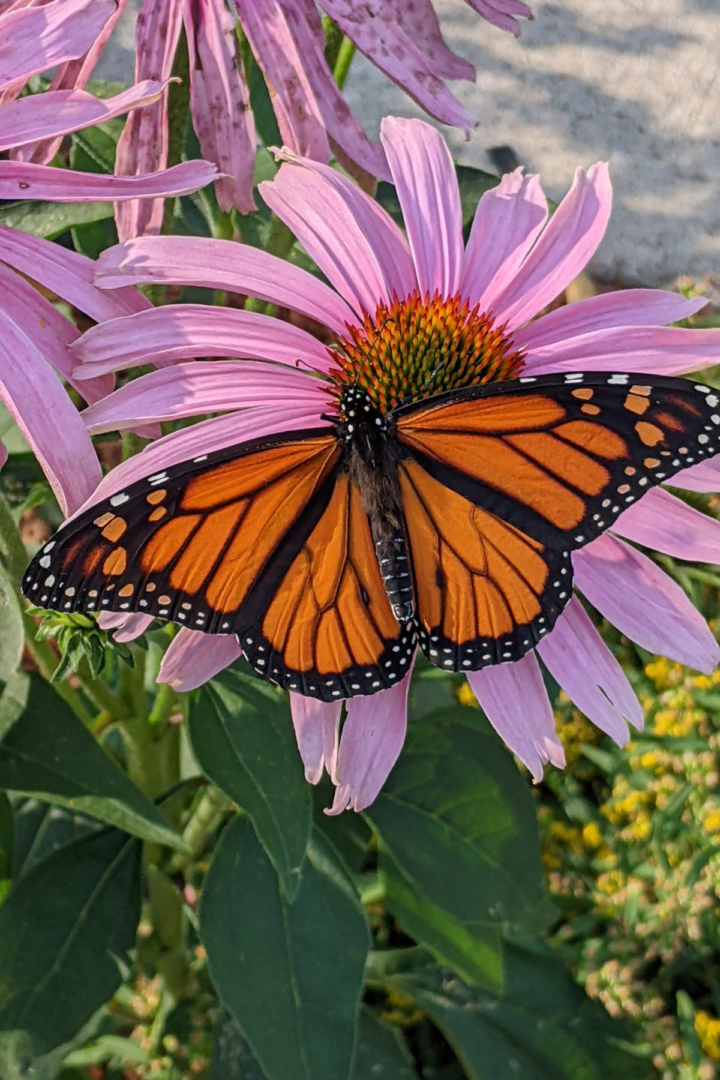
This is a monarch butterfly, a very important North American pollinator, which visited my garden a few years ago. It is always a treat to see them around, especially when they are attracted to your garden.
I will help you attract these beautiful beneficial bugs to your garden, creating a safe spot for them to breed, feed, and live.
Creating a Pollinator Garden
In the process of creating a pollinator-friendly garden, you are not only enhancing the beauty and vibrancy of your garden, but also playing a crucial role in supporting the health and survival of local pollinators.
By selecting the right plants, providing suitable habitats, avoiding harmful chemicals, and spreading awareness, you can make a positive difference in the pollinator populations in your area. Let’s embrace our role as stewards of the Earth and welcome these pollinators into our gardens and lives.
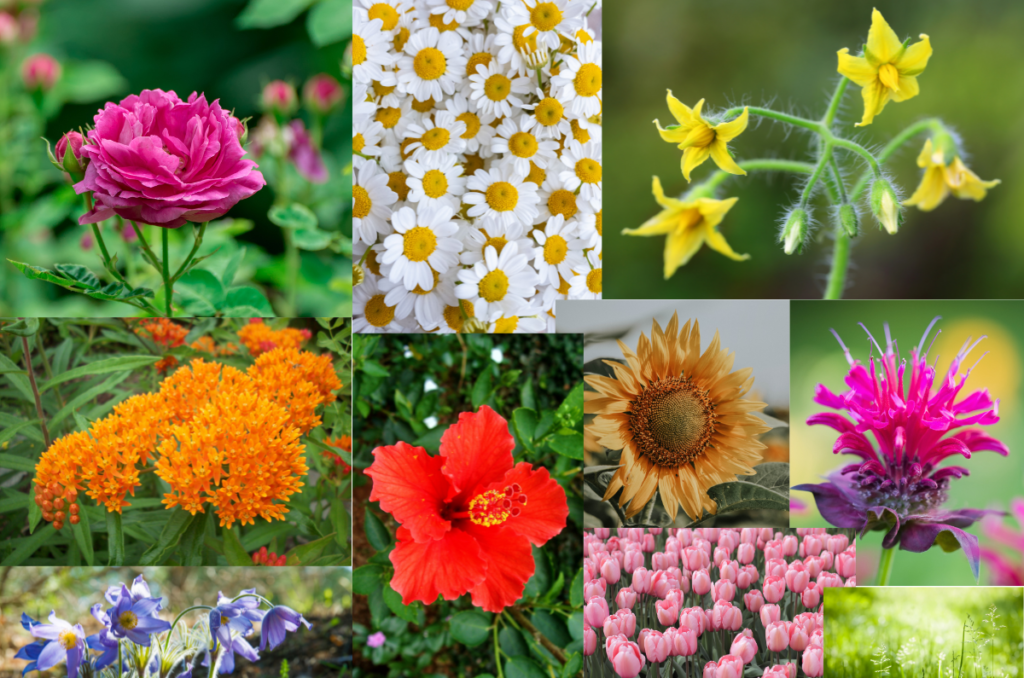
Understanding the Importance of Pollinators
Pollinators, including bees, butterflies, birds, and bats (although not very common), are essential for the reproduction and survival of many plant species. They are the ones that transfer pollen from the male parts to the female parts of flowers, enabling the fertilization process and the production of fruits, seeds, and future generations.
That being said, in most cases, pollinators are necessary for the continuation of many plant species.
Approximately 75% of the world’s flowering plants and around 35% of our global food crops rely on pollinators. However, pollinator populations are facing significant challenges due to habitat loss, pesticide use, climate change, and disease. By creating a pollinator-friendly garden, we can provide them with a safe home and support their important work.
Plant Selection for a Pollinator Garden
The key to attracting pollinators is selecting the right plants that provide abundant nectar and pollen. Native flowering plants are particularly effective in attracting local pollinators as they have co-evolved with them. Consider incorporating a variety of native plants such as bee balm, wild bergamot, and milkweed.
These plants offer a diversity of colors, shapes, and fragrances, attracting a wide range of pollinators.
Check out Nature Hills Nursery for their wide selection of native plants for your garden.
Choose plants with different flowering times to provide a continuous source of nectar and pollen throughout the growing season. For example, choose plants that flower in the earliest and latest times of the spring, summer, and fall.
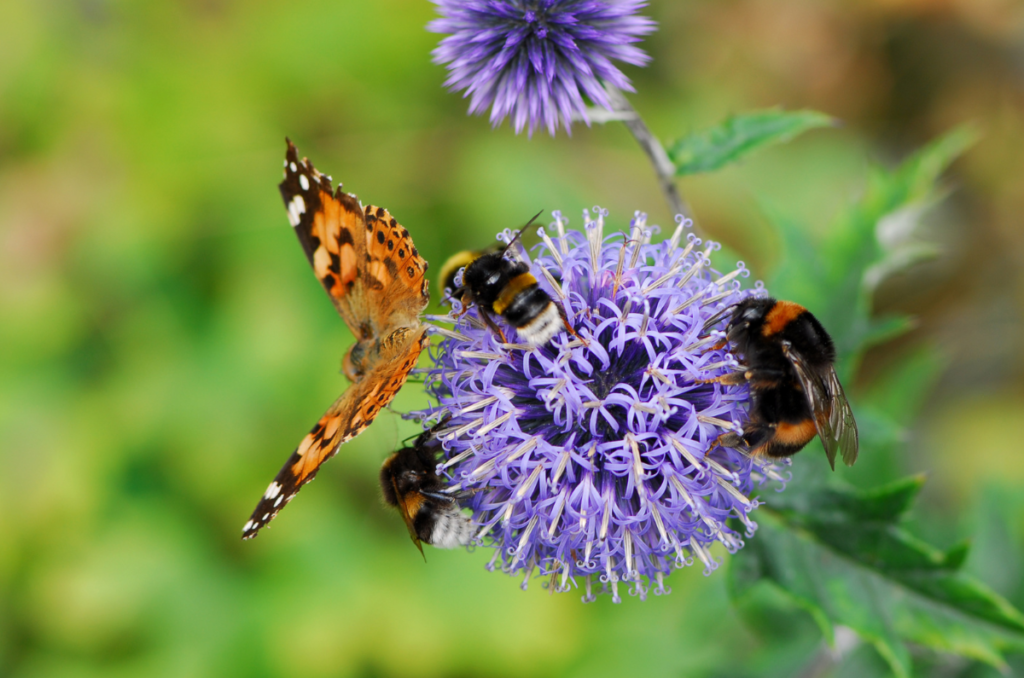
Creating a Pollinator-Friendly Habitat
To create a welcoming habitat for pollinators, it’s important to provide food sources, water sources, and shelter. Plant clusters of flowers together to create abundant food sources and make it easier for pollinators to find them.
Include a mix of plant heights and shapes to accommodate various pollinator species. Incorporate native ornamental grasses and shrubs to provide shelter, nesting sites, and protection from predators.
Create a water feature such as a birdbath or shallow dish with pebbles for pollinators to safely drink from. Consider leaving patches of bare ground for ground-nesting bees or build insect hotels to provide additional nesting opportunities.
Avoiding Pesticides and Chemicals
Pesticides and chemicals can be harmful to pollinators, so it’s important to adopt organic gardening practices. Avoid using synthetic pesticides and herbicides that can contaminate nectar and pollen. Instead, focus on prevention and natural pest control methods such as companion planting, encouraging beneficial insects, and practicing proper garden hygiene.
If necessary, use organic and environmentally friendly alternatives to manage pests and diseases.
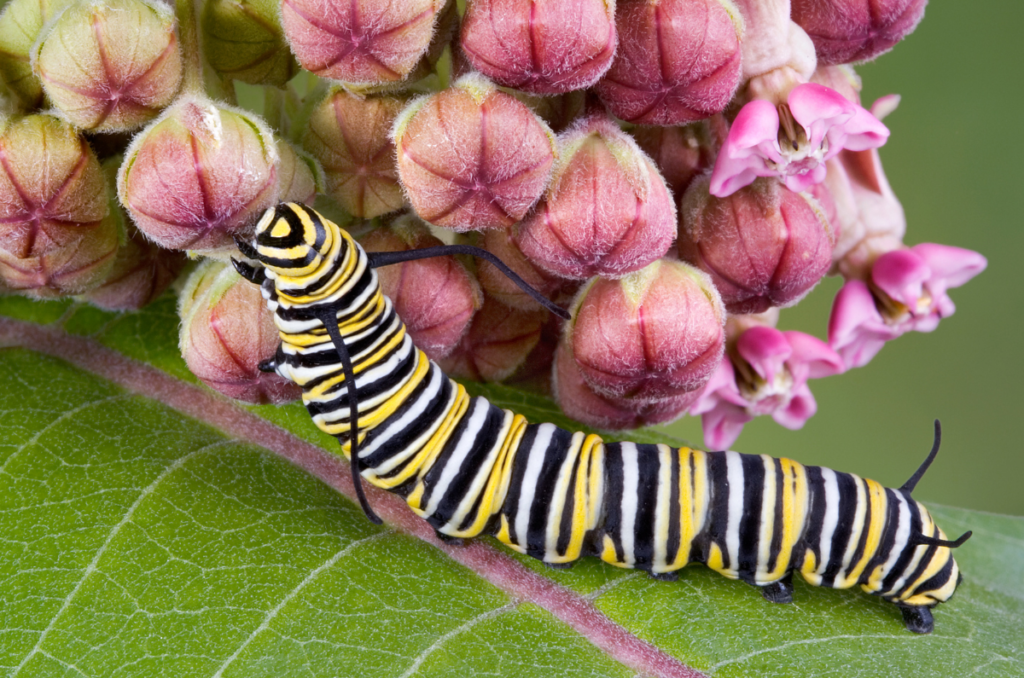
Providing Host Plants for Butterflies and Moths
Butterflies and moths have unique life cycles, with caterpillars relying on specific host plants for food. Incorporate host plants such as milkweed for monarch butterflies, and parsley or dill for swallowtail butterflies, both of which are important native species.
By including host plants, you support the complete life cycle, from egg to mature adult, of these fascinating pollinators and create a more diverse and resilient garden.
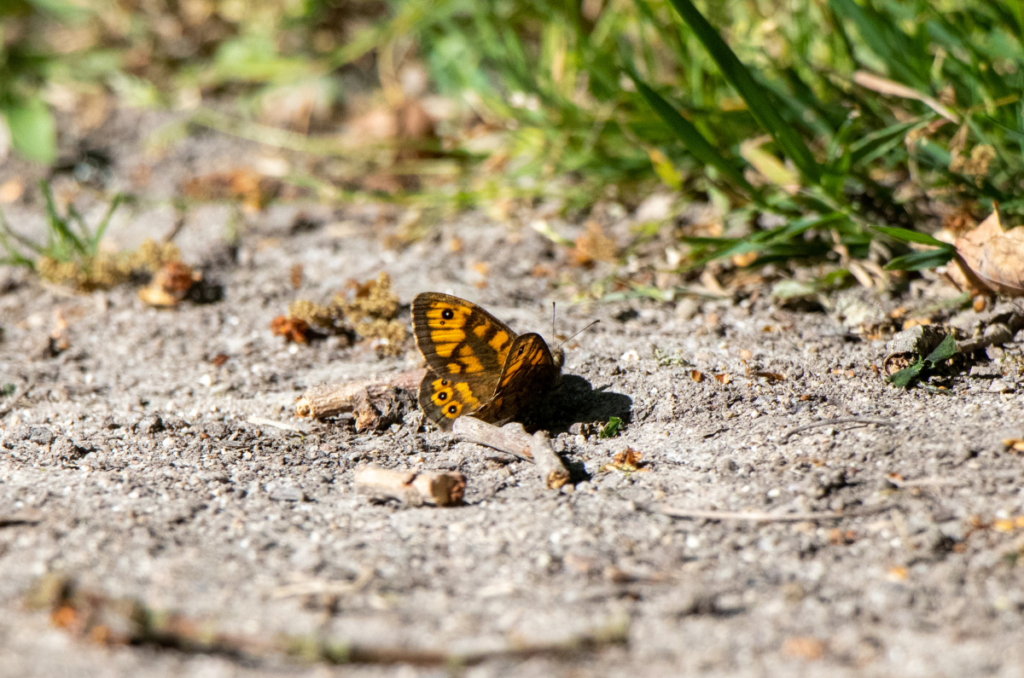
Water Sources and Mud Puddles
Water is essential for pollinators, especially during hot and dry periods like the summer. Provide a water source such as a birdbath or shallow dish with pebbles for pollinators to access water safely. Add floating platforms or stones to provide resting spots and prevent drowning.
Butterflies also require trace minerals from damp soil that are not found in other parts of their diet, so create a small mud puddle in a sunny spot by mixing soil with water to provide this necessary resource.
To do this, remove a patch of grass from your lawn, roots as well. Fill the hole back in with mud (soil and water mixed into a paste) and watch the beneficial bugs go at it.
Maintenance and Seasonal Care
Regular maintenance is crucial for a thriving pollinator garden. Provide consistent watering, especially during dry spells, and mulch to retain soil moisture and provide nesting spots. Remove weeds that compete with native plants for resources and disrupt the habitat.
Prune plants as needed, deadhead spent flowers to encourage continuous blooming, and leave some plants unpruned during the winter to provide overwintering habitats for pollinators.
Once your pollinator garden and native plants are established, there is almost no maintenance required. The roots will grow to not need supplemented water and the leaves will grow to shade the ground. You may just have to deadhead if you are worried about the aesthetics.
Frequently Asked Questions
A pollinator garden is a garden or part of a garden that is designed to support the lives and work of local pollinating species. These include birds, bees, and butterflies.
Any flower will do wonders for pollinators, but choosing the ones that are more fragrant and colourful will especially benefit local species.
To naturally pollinate your garden, plant a wide variety of flowers with varying scents, heights, and colours, which will attract pollinating species. These pollinators will pollinate your garden and provide you with excellent yields.
Products:
For a wide selection of nursery-grown garden plants, check out Nature Hills Nursery.
To buy organic, non-GMO garden seeds, check out SeedsNow.
For gardening equipment, check out Bootstrap Farmer.
For organic all-purpose fertilizers, check out Arber.
Conclusion
Spread the importance of pollinator-friendly gardening by sharing your knowledge and experiences with others. Encourage participation in citizen programs to monitor and document pollinator populations. By creating a network of pollinator habitats, we can make a collective impact and help support the well-being of these crucial creatures.
If you want to learn more about gardening, foraging, nature, and sustainability, check out The Real Gardener on Instagram, YouTube, and Pinterest.
Pin this post for later:
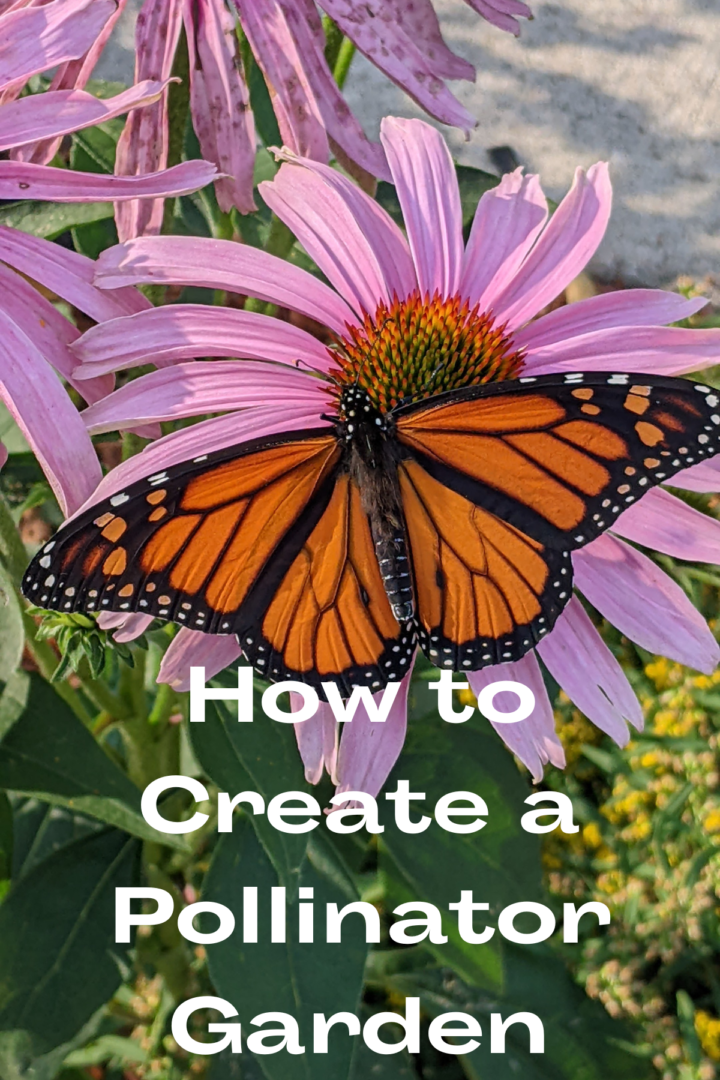
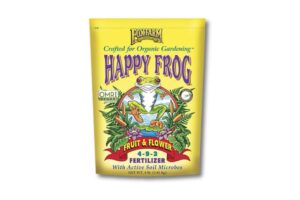
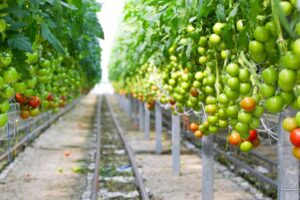
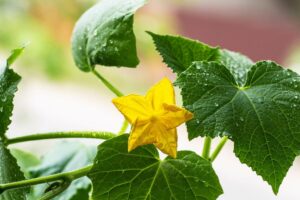
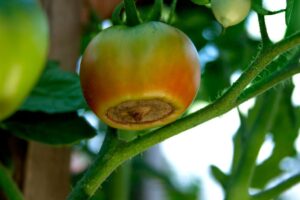
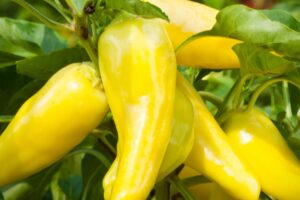
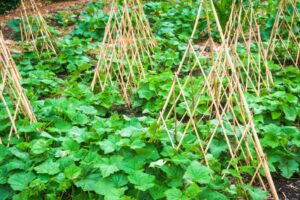
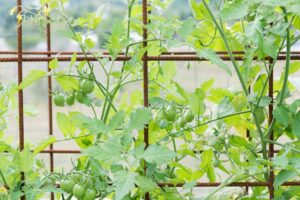
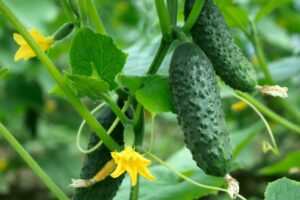
Leave a Reply